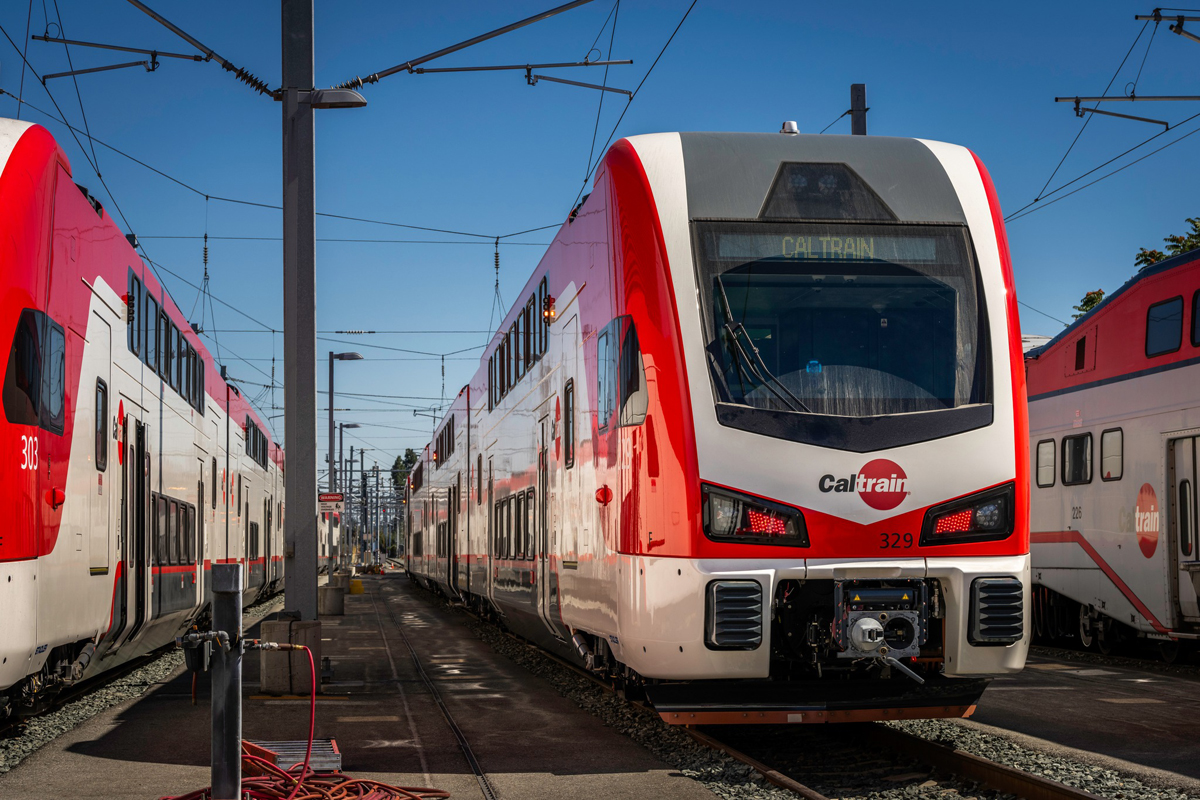
SACRAMENTO, Calif. — The California legislature today (Sept. 13, 2025) passed a bill allowing a ballot measure for a sales tax in five Bay Area counties to help fund public transit in the area.
SB 63, introduced by state Sens. Scott Wiener and Jesse Arreguin, would place the measure on the November 2026 ballot. It would provide operating funding for the region’s major transit operators — Caltrain, BART, San Francisco Muni, and AC Transit — as well as smaller agencies, and would address the ongoing funding deficits faced by the agencies in the wake of the COVID-19 pandemic.
Passage of that bill comes a day after passage of another bill, SB 105, that calls for the state Department of Finance to consider a “loan or other financing options that might be used to provide sufficient short-term state financial assistance for local transit agencies.” The news site The Oaklandside reports there is a Jan. 10 deadline to address that financing.
Both bills must still be signed by Gov. Gavin Newsom.
In a press release, Caltrain Executive Director Michelle Bouchard called SB 64 “critical for Caltrain and other Bay Area transit systems. … Thanks to electrification, we’re seeing our ridership grow faster than ever before because of the faster, more frequent, and more reliable service. Without SB 63, we risk having to make service cuts that would put those gains at risk and push more cars back onto already congested roads.”
The financing called for under SB 105 replaces a provision for a $750 million loan that had been included in a June budget bill, but has not been completed because final terms could not be reached [see “Loan to maintain San Francisco Bay Area transit …,” Trains.com, Sept. 7, 2025]. The loan is intended to provide funding until from the November 2026 initiative becomes available starting in 2027.






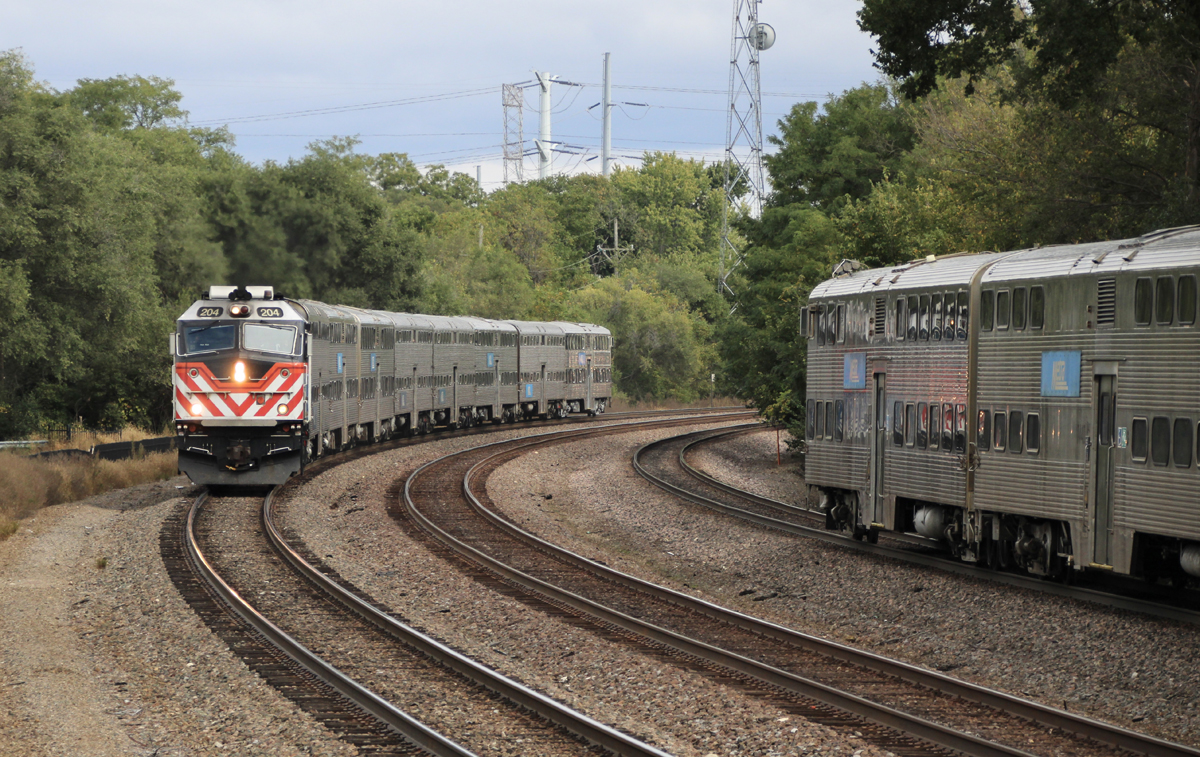
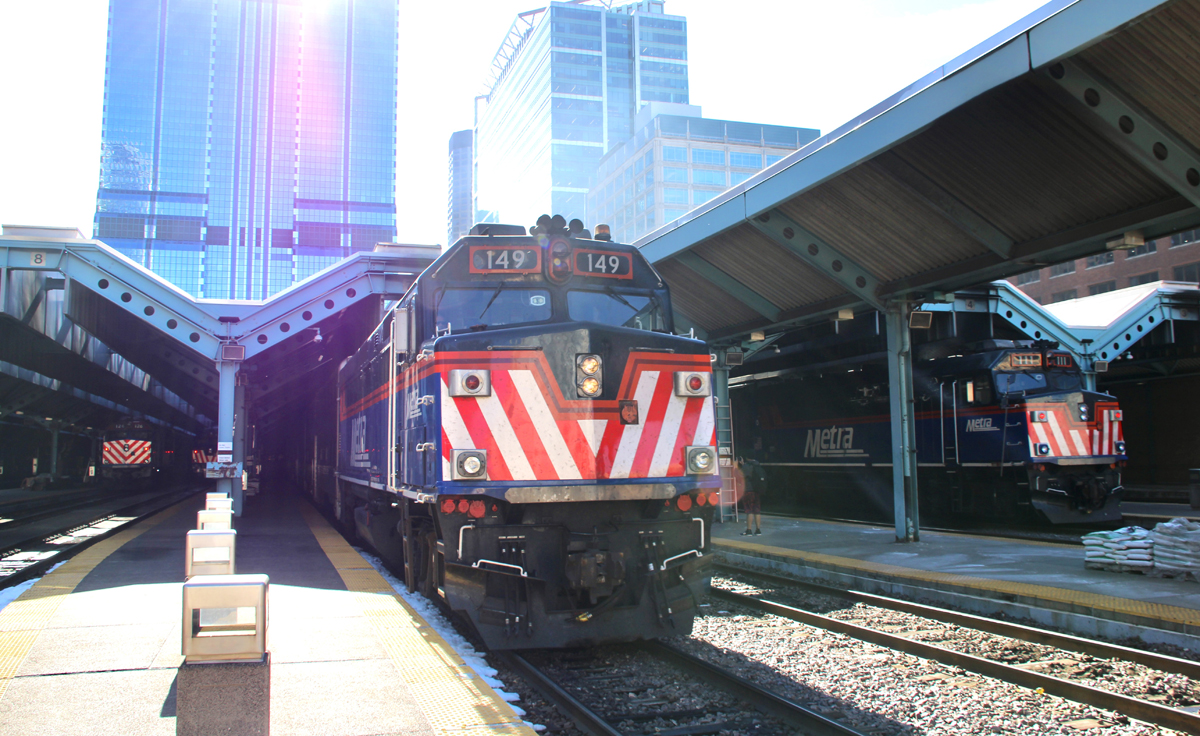

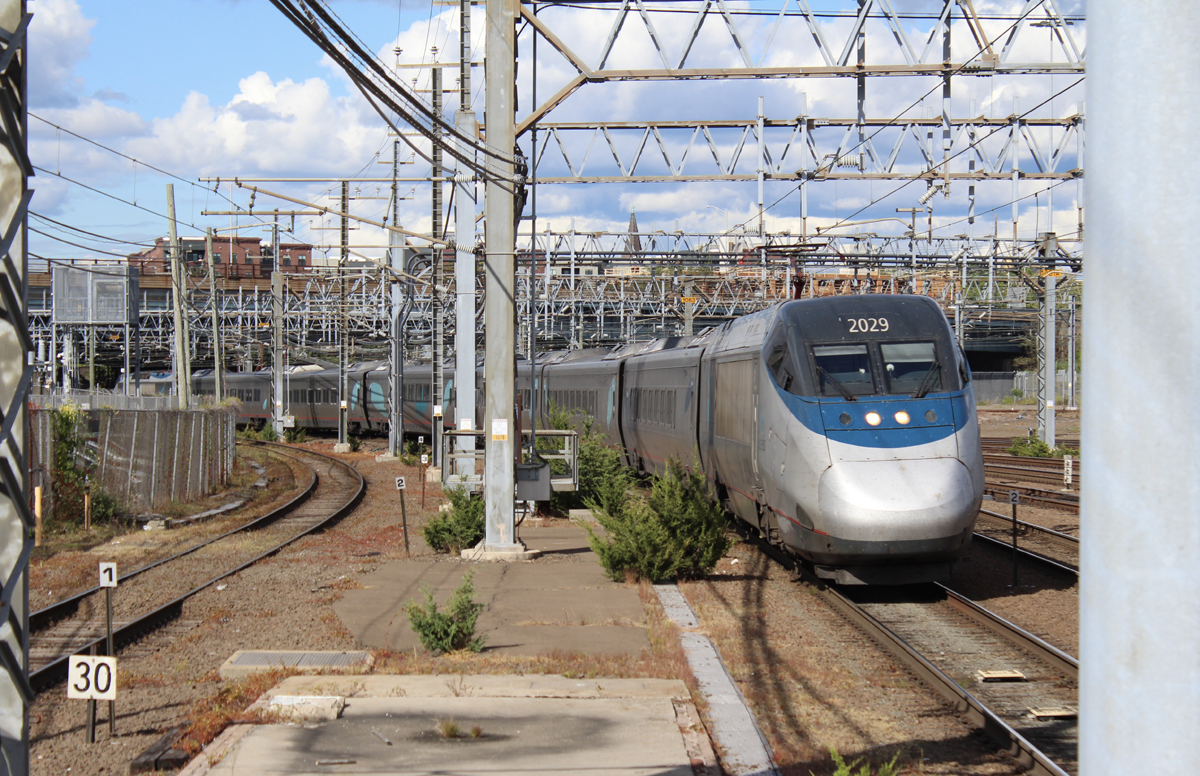
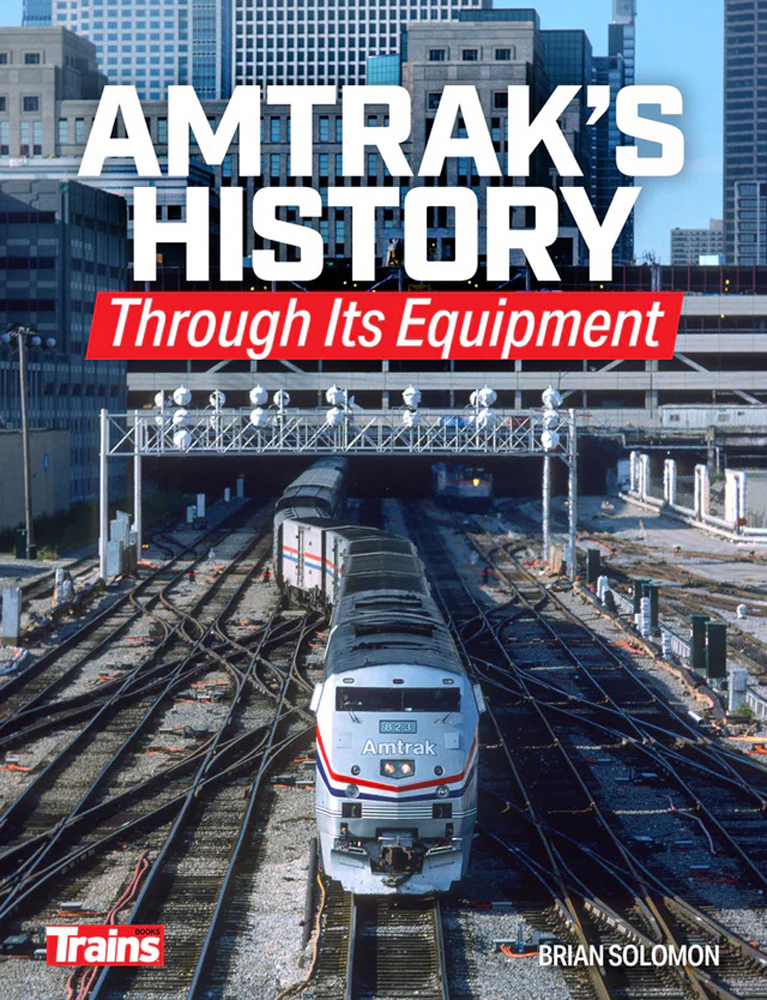
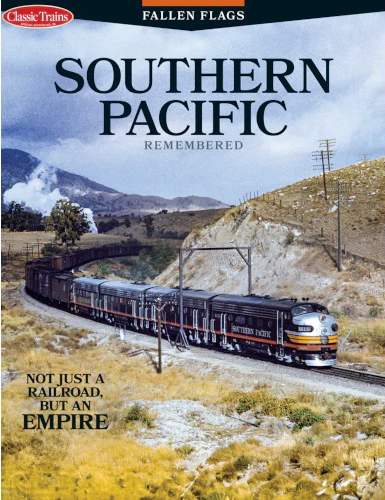

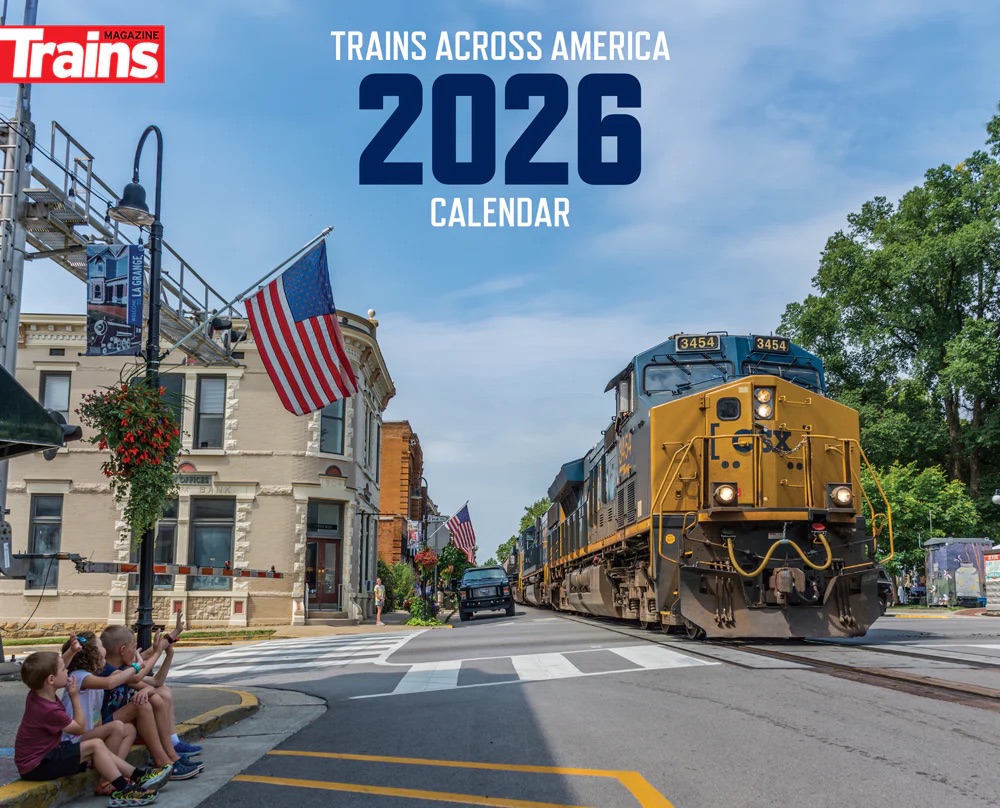
Right now, Bay Area transit agencies are funded by a combination of local sales taxes (at the county level) and state general fund money. This is why BART extensions to Santa Clara and San Mateo Counties required a special vote since they are not part of the BART taxing district (San Francisco, Alameda and Contra Costa are). Residents agreed to tax themselves to pay for it.
Sales taxes are regressive, though, while state income taxes are progressive. Increasing sales taxes increases the tax burden on lower income people. Especially in high cost areas like the Bay Area.
Another important question (that seems to be ignored) is consolidation. There are WAY too many transit agencies in the Bay Area. I counted once and stopped at around 30. That’s completely absurd.. There should be a few regional agencies operating transit. Duplicative bureaucracies are not good for anyone. Caltrain’s bureaucracy is partly combined with the SamTrans (San Mateo County) agency. There are reasons for each agency to exist, but the time is long past for them to stay as separate fiefs.
If I remember correctly from looking at my property tax bill there are some dedicated transit taxes in the form of supplemental property taxes, I believe these are county taxes. Some of the transit districts such as Bart, AC transit, Ferry boat service, Caltrain and some others cross county lines. I don’t think there is any regional property tax or sales tax that is dedicated to transit but I could be wrong.
According to an article in today’s Milwaukee newspaper, Milwaukee County Transit System (buses) estimates fare evasion at 33%. MCTS’s goal is to work to reduce fare jumping to 30%.
At some point we suburban taxpayers will start to ask questions.
As a former Bay Area but still a property owner it is truly a various and mishmash of funding sources funding various transit agencies, and after fifteen years of living there I couldn’t even tell you exactly how the two local transit agencies that served our hometown are truly funded, BART and Contra Costa County Transit Connect. I think a big difference but probably not unique is that BART is funded in part by bridge tolls but not necessarily a dedicated regional tax stream.
..
To Steve’s point on county basis for funding transit. I don’t think it necessarily think it would work that way for the large metro areas. DART in my new hometown Dallas would probably fall apart tomorrow. I do believe transit is social plus and we need transparent public funding in put place, operations should be funding and I have no issue with federal capital investment/grants for the physical infrastructure, should be actively involved in seeking revenues (say parking and or concession like airports do) and absolutely agree that these agencies are not even coming close to managing the cost side of things.
.
Transit would get a much better rep if as Charles has noted before as frequency matters a lot more on corridors will use it than reaching every corner and if it could absolutely show that it is managing costs just not trying to avert the next strike threat by handing over the piggybank behind public’s bac,/
is the SMART service run with DMUs included in this tax base?
Hey Charles, in the bay area there seems to be a mish mash of transit funding, you have bridge tolls that cover some costs, property taxes that cover others and then various city and state funding that are covered by other income taxes. A little off topic but if some of these transit systems were merged there could be some management savings (like that will ever happen)
This is a good way to fund local transit. If enough voters want it, then it will pass. If it does pass and the local Transit Authority treats it like a never ending piggy bank, then the voters can withhold their support down the road when they will be undoubtedly asked to increase the tax.
I think we each need more education on funding. As we each know, public transportation is tax subsidized at the daily operational level. As these subsidy sources become more stressed with increasing expenses and less than overwhelming fare box revenue, then we need a second-level look-see at what the tax sources consist of.
I looked up whatever I could find on MBTA as its one of the systems I’m most familiar with and the only one I was ever a daily commuter (summer of 1969, between semesters of grad school in Michigan).
According to what I could find, there is no local sales tax as such. MBTA’s biggest subsidy is from the Commonwealth, which dedicates 20% of the statewide sales tax revenue (one percentage point of five) to MBTA.
The second biggest subsidy is assessing the district’s176 cities and towns (almost exactly half the 351 cities and towns statewide). For the cynical among us (like me) we see that the MBTA district isn’t about transportation coordination or planning or any of those things, it’s about collecting money.
What I don’t know is the exact formula for what city or town pays how much. Two factors are obvious. (1) A town at the fringe of the district doesn’t want to pay very much, as just across the town line is a town that pays nothing. (2) The core munis are more reliant on transit, cities like Boston, Cambridge and Quincy, or towns like Brookline, Dedham and Norwood, compared to the outer munis.
Finally, a related note. During these internet searches I ran across a tables of daily ridership of the different systems. (Different tables for transit and for commuter rail.) New York is very high. As you go down the list, some of the systems have anemic ridership. BART seems low on the number of riders but would look a lot better on passenger miles as the system runs fast over long distances.
Charles,
I believe taxing for public transportation should be done on a county basis since its almost always a form of a sales tax. That way its close enough to the rider base and can be controlled more easily. If done on a statewide basis, the less urban areas are probably going to see little of the what they would pay coming back to their areas.
Question for Bay Area readers: Is this proposed sales tax to be the first dedicated transit tax? If so, how are these agencies funded as of now?